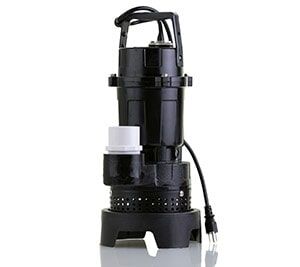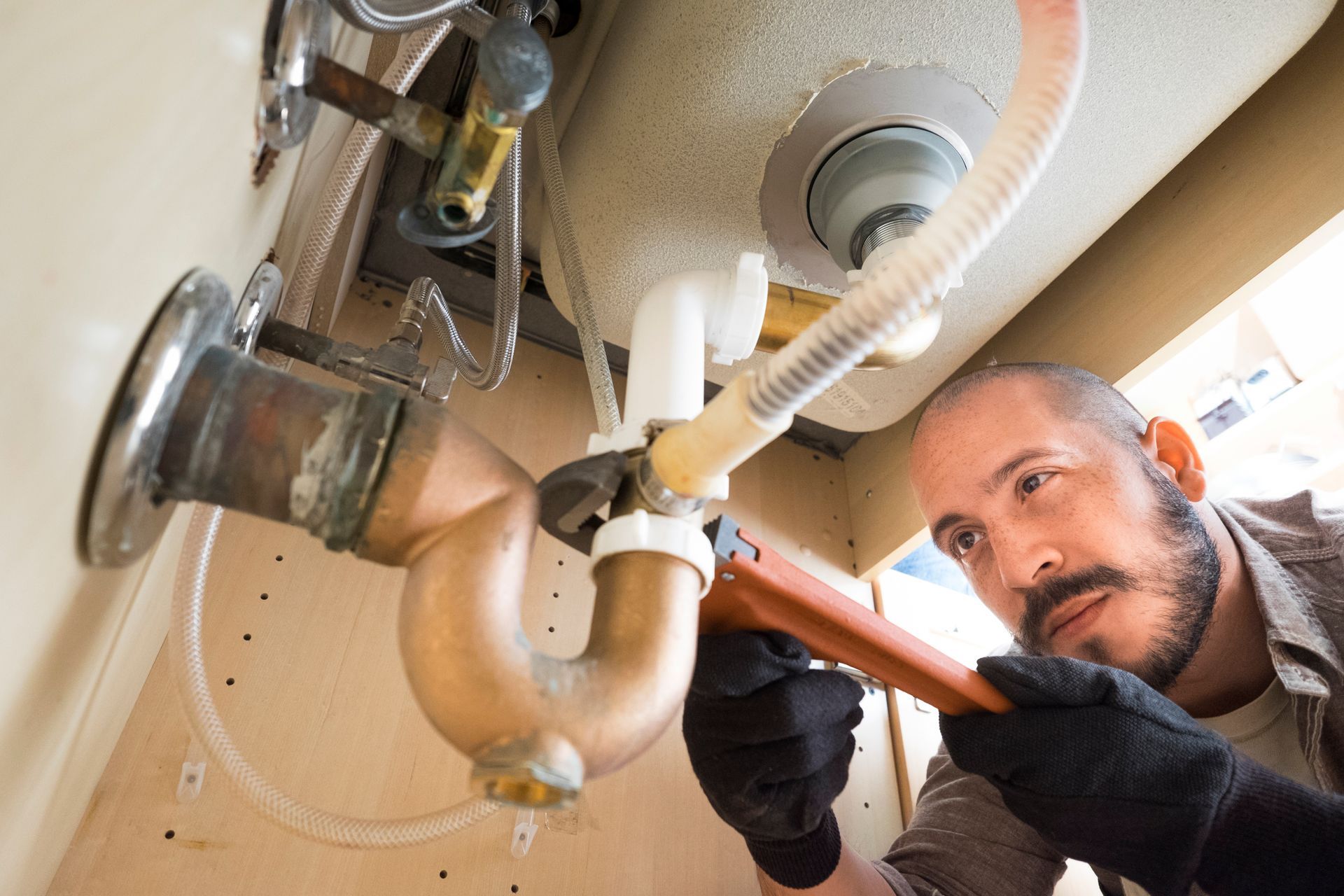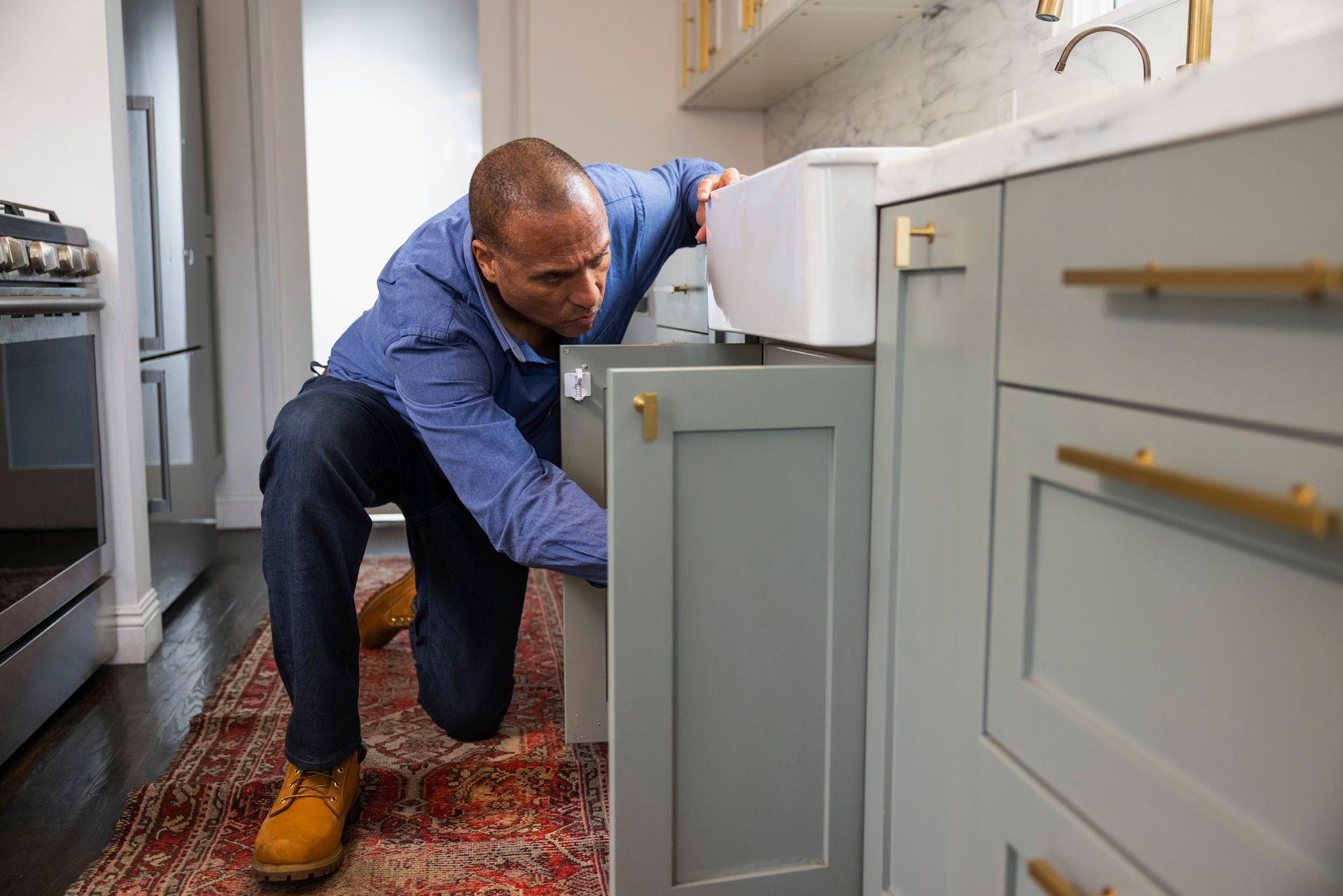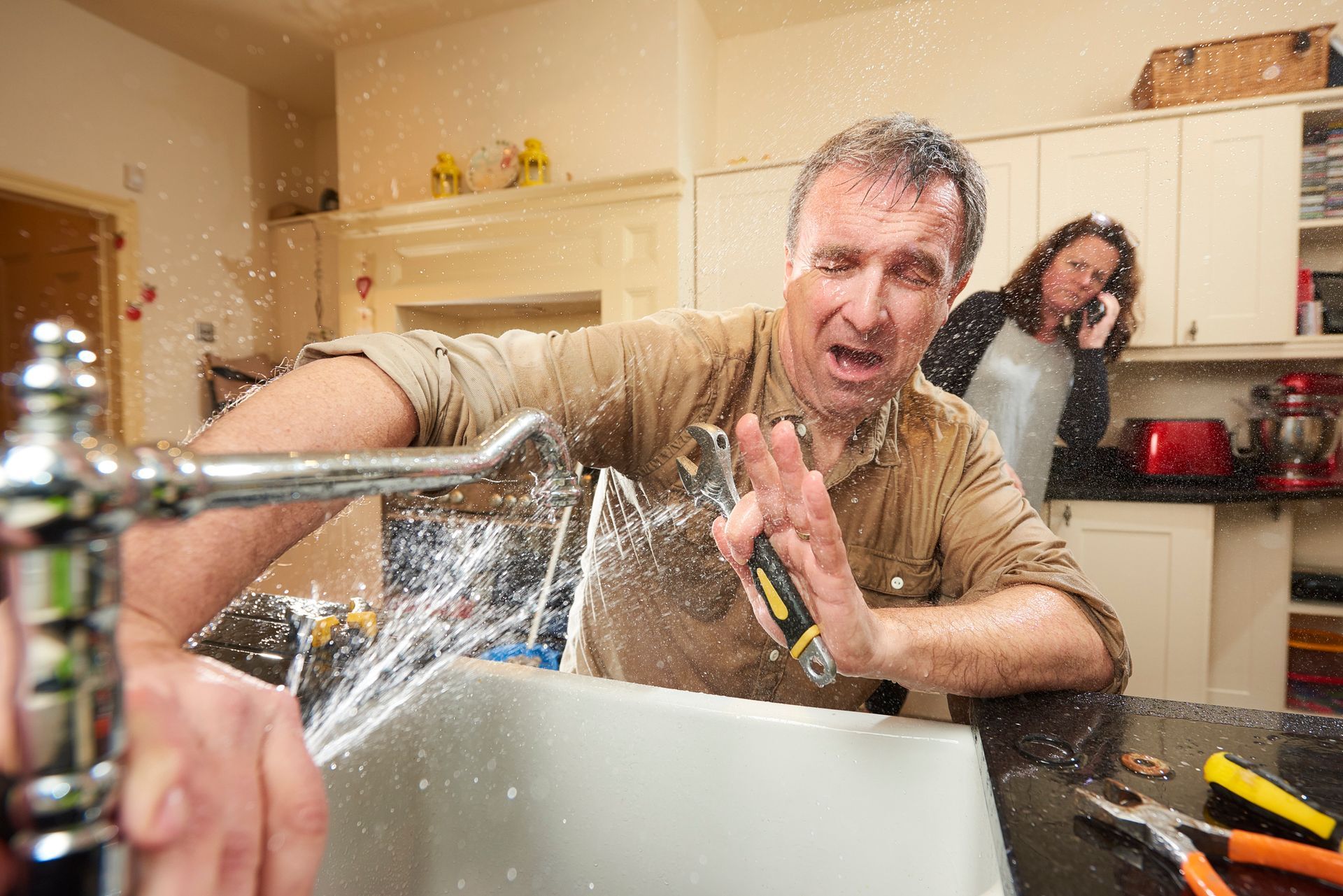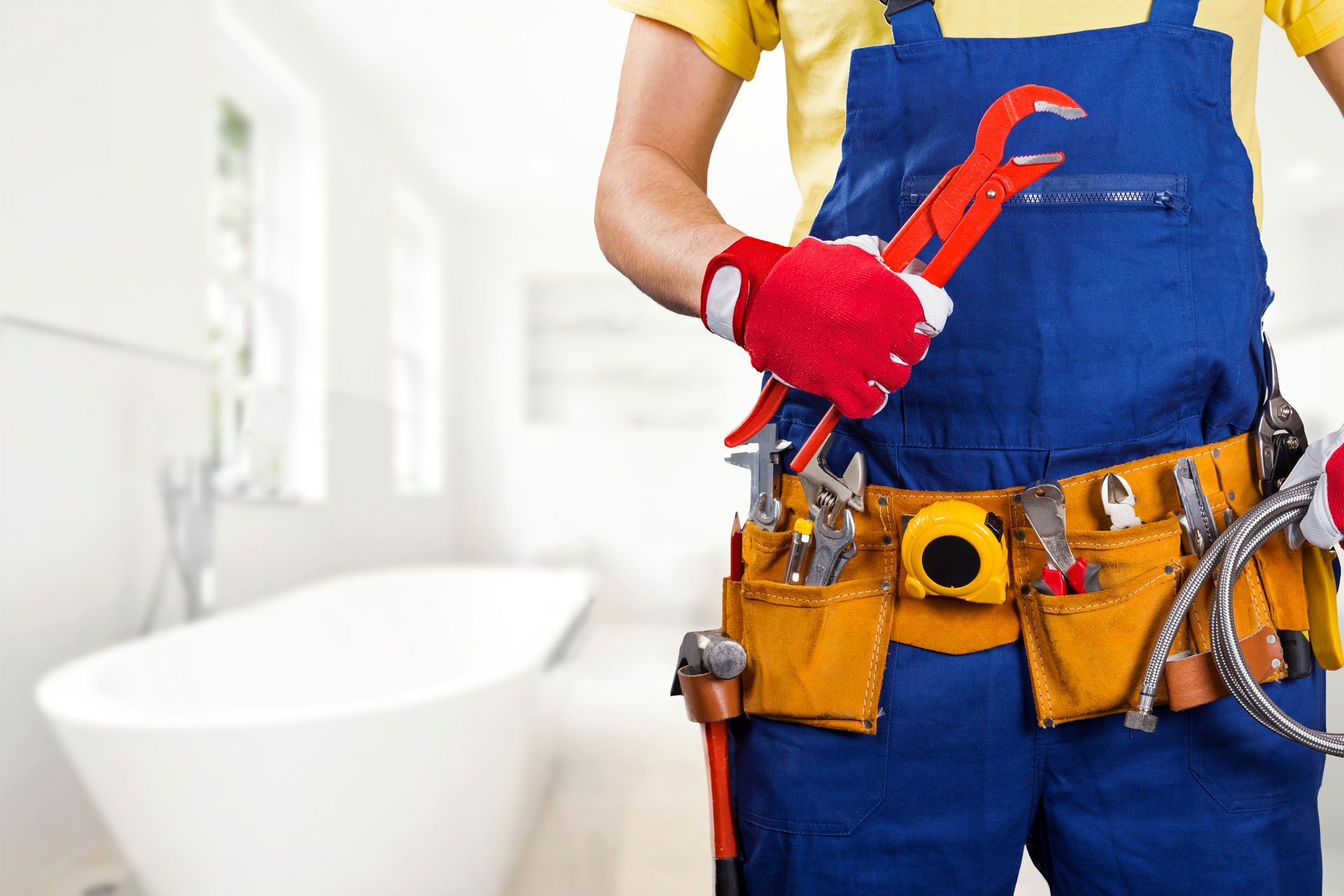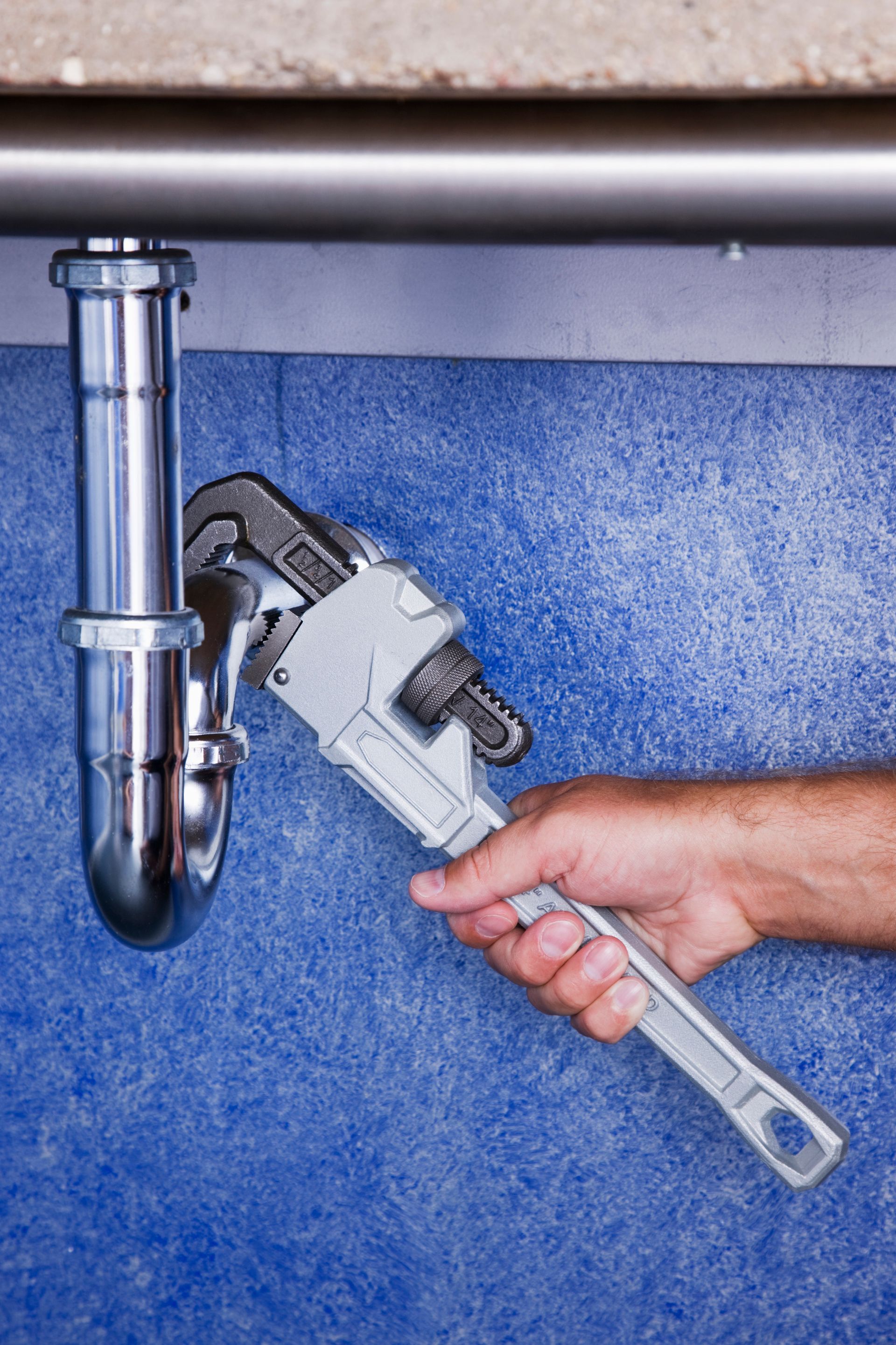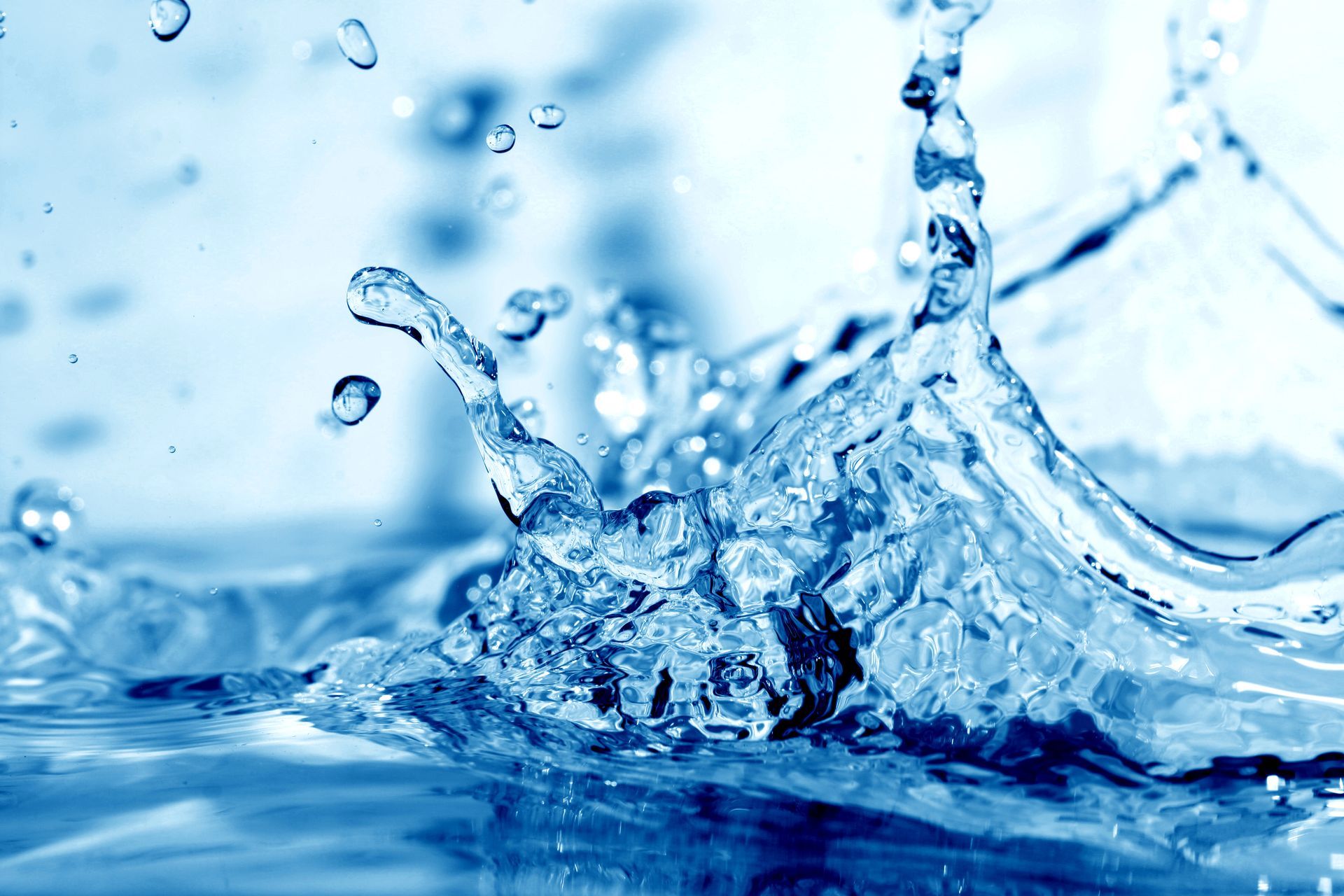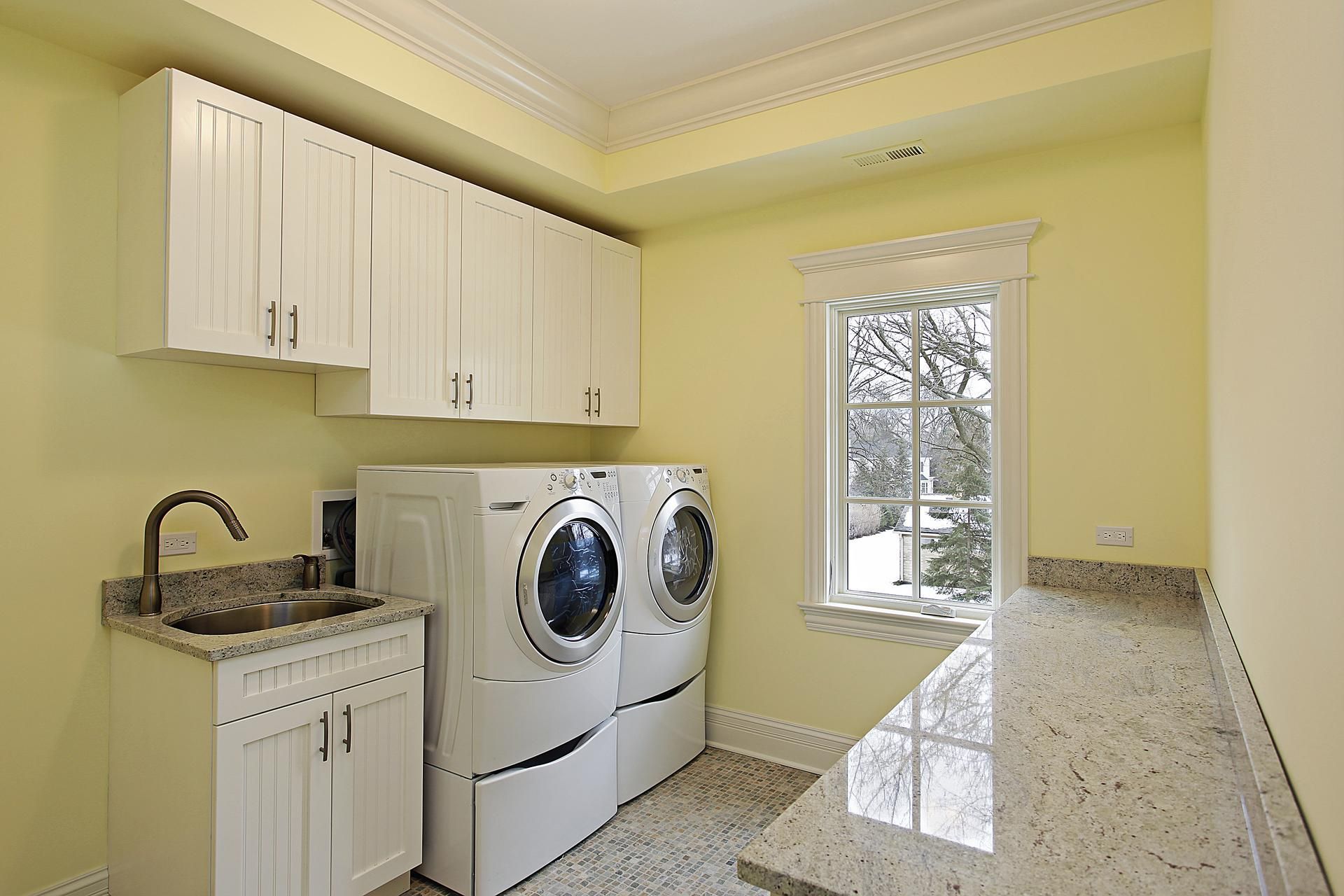Blog
3 Variables to Keep in Mind When Choosing a Sump Pump
This is a subtitle for your new post
If you own a home with a basement, you probably know that a sump basin and pump are essential to protecting your home from potentially catastrophic water damage.
However, you may be less sure about your options should you need a new pump. Sump pumps come in a variety of designs and operational characteristics, and knowing what might be best for your home can be challenging.
With that in mind, below are three variables involved in choosing a sump pump. The information below will help you make a decision about what specific pump is best for your needs.
Types of Pump Mount
One of the first decisions to be made when evaluating sump pumps is choosing a pump mount. Sump pumps installed above the sump are pedestal-mounted. Pedestal-mounted pumps utilize a power shaft to drive a pump impeller located within the sump itself.
If the pump is mounted inside the sump itself, then it is known as a submersible pump. All of the pump's electrical components are encased in a waterproof enclosure, and there is no need for a separate power shaft since the motor is adjacent to the impeller.
Each kind of pump has its own advantages and disadvantages, so making a decision about which type to purchase is mostly a matter of preference. For example, pedestal pumps may cost less than submersible pumps, but they also tend to intrude into the basement due to their above ground placement.
Power Sources
Another decision to make when selecting your sump pump concerns the power source. Sump pumps are powered by either electricity or water, with electrical pumps connected to the home's AC power supply or a battery, or both.
Electrical sump pumps may be hardwired to its power source, but plug-in pumps are usually preferable; a plug-in pump can be replaced more easily should it fail. For pumps that use battery power, the battery is usually a deep-cycle, lead-acid unit that can be kept constantly attached to a float charger.
Another popular power source for sump pumps is moving water. Water-driven pumps are connected to the home's incoming water line, and water pressure creates a siphoning action to "pull" water into the discharge line.
In day-to-day operation, sump pumps are typically attached to the home's AC power supply. This provides reliable, low-maintenance service for most homeowners.
However, since significant weather events that cause flooding are also likely to create power outages, you should consider installing a backup pump powered by either batteries or water pressure. This will provide uninterrupted protection for your home in the event of unexpected power loss.
Power Ratings
Sump pumps can be evaluated based on their power which includes horsepower ratings. For the average home, a sump pump with fewer than one horsepower will work well for removing the water. That is why one-third and one-half horsepower pumps are the most commonly available units.
However, when evaluating sump pumps for power, it is also important to take a close look at the pressure head. Pressure head represents the distance that a given pump can lift a column of water; for example, if a sump pump has a pressure head of 25 feet, it can lift water up to 25 feet above the pump outlet.
The pressure head rating is important if the discharge outlet for the pump is significantly higher than the pump. This can have ramifications for homes where the outlet is far from the sump; too much elevation could mean a poor draining sump basin if the pump isn't capable of lifting the water.
If you have questions about sump pumps, be sure to contact Complete Plumbing
for help. Their professionals can help you select the right pump for your home and provide expert installation services
, too.
Installation
Services
and Military Discount



